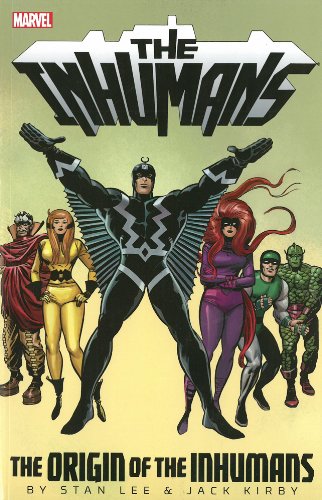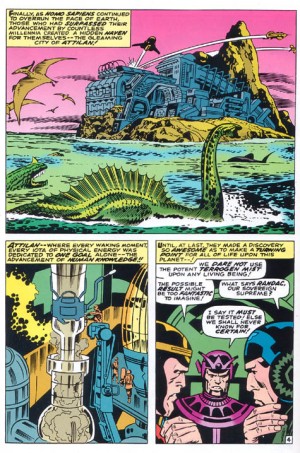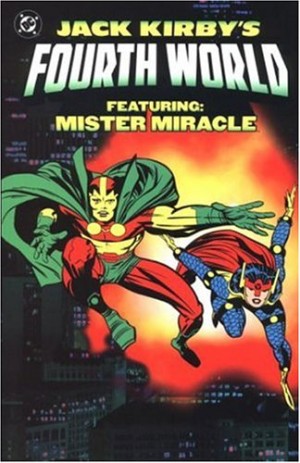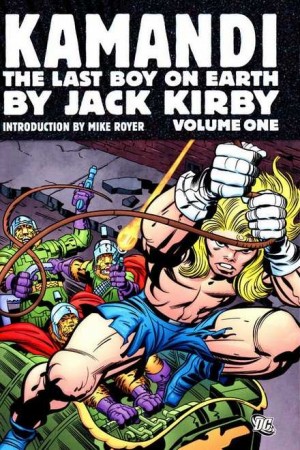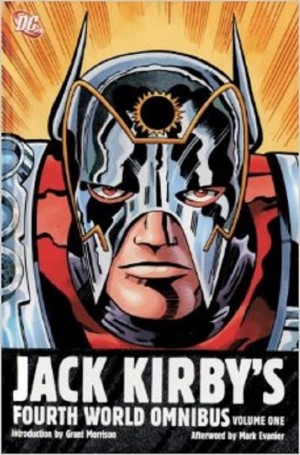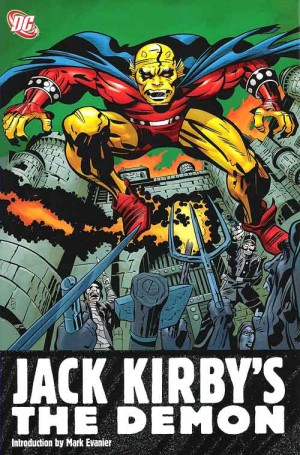Review by Frank Plowright
Spoilers in review
The Inhumans were introduced in the Fantastic Four during 1965 and 1966, at first just another great idea of so many during an astoundingly fertile period for Stan Lee and Jack Kirby. If you know very little about them and want the background after watching the movie, this 2013 publication is a good collection to start with, if a little dated by today’s standards. The standout feature is Kirby’s art, although as inked by Vince Colletta for the first third of the book it’s not always showing him at his best. If you’d prefer not to know specifics, read no further.
So many great concepts are associated with the Inhumans, but under Lee and Kirby they only briefly flickered to life as great stories. The introduction was a notable trick played on readers. The first Inhuman to appear was Medusa, who controls every follicle of her hair. She allies herself with career villains to form the Frightful Four, but her true identity was concealed over several appearances. Some mystique is removed by switching directly from her introduction to the continuation, and this doesn’t hold up as well, the plot being three chapters almost entirely occupied by the Thing turned bad and Colletta sucking the life from Kirby’s layouts.
There is improvement. Firstly with the very welcome replacement of Colletta with Joe Sinnott for the remainder of the book, an inker capable of ensuring both the power and grace of the pencils. The revelation of what the Inhumans are is interesting, but amid much clutter, yet even so there are moments of sheer exuberant genius such as providing the Inhumans with a giant teleporting dog. For completion’s sake assorted Fantastic Four pages featuring the Inhumans are included, leading to their full re-emergence in what in 1967 was the most ambitious FF tale to date. It ties together the Negative Zone, Sandman, Blastaar, spectacular action and a further twist for the Inhumans. Best of all is Kirby in full flourish artistically.
Many great images grace this collection: the Fantastic Four on their flying jet cycle, the first appearance of the Psycho-Man, the Inhumans pin-ups, but the real treat is the two opening episodes of Kirby’s origin of the Inhumans (sample art). They’re scripted by Lee, beautifully inked by Sinnott, and expand on the origins of the Inhumans as previously presented. Kirby takes us back to humanity’s pre-history when the Inhumans had already advanced beyond 20th century science and had discovered the transforming Terrigen Mists. The opening two chapters are artistically stunning, with Kirby’s imagination pointing the way toward his later work, with its concentration on superheroes as gods, but thereafter it’s two relatively ordinary spotlights on Black Bolt, then Triton.
There has never been a stylist in comics coupling Kirby’s vast imagination with his prodigious output. At times it almost appears to be the case that the pages he produced are a compulsive purge, and the period covered here from 1965 to 1967 was his 1960s peak. There are pages here worth the cover price alone, but the stories rarely match the art or concepts.
Much of the content is available in other formats. Volume one of Marvel Masterworks: The Inhumans covers the Inhumans origin story, and the Fantastic Four stories are found in FF Masterworks 4, 5 and 6. Alternatively, they’re spread across Fantastic Four Omnibus 2 and 3.
